A review by Mitch Miller of Mariusz Tarkawian’s Anticipating the Future exhibition which is on at Mackintosh Museum, The Glasgow School of Art until 23 February 2013.
Where does Mariusz Tarkawian sit on the ‘tree’ of art history? Somewhere, sometime (not necessarily now…), someone (I refer you to the earlier parenthesis…) will attempt a ‘final’ judgment, but the Polish artist has offered his own suggestion most easily summed up as ‘down at the bottom, in the ‘trunk, near Bosch’. He occupies his place, bearded, young, busy drawing, in his ‘Tribute to the History of Art’, a huge, expansive, diagrammatic clutter of homages to western art through the ages.
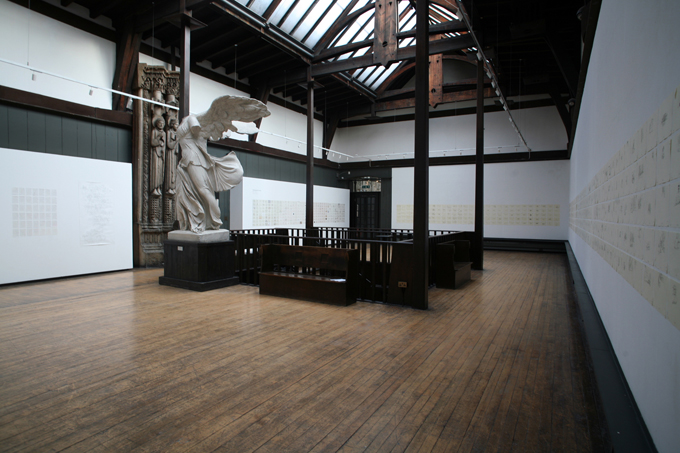
Mariusz Tarkawian, ‘Anticipating the Future’, 2013, installation view Mackintosh Museum, The Glasgow School of Art
A whole whose meaning is found in its parts, the piece is summative of the sensibility that runs throughout this exhibition. Tarkawian draws all his works, usually in pencil, usually on small pieces of paper and generally very simply, in the spare, democratic ligne-clair style. I am envious of how well he does this; his line is definite, assured yet strangely vulnerable, clean but not overly polished. He uses this “simple” method to map an art world that is yet-to-come, appraise the career trajectory of his fellow students from art school in Lublin, and examine always, everywhere, himself and his place in the world. They describe shape and form, but are primarily, timelines.
These aggregations of small works are overwhelming when they are arrayed in rows four or five deep and many metres long. ‘The Anticipation of Art’ is the most attention-hungry, channelling Donald Barthelme’s reviews of non-existent exhibitions to imagine what contemporary artists will be making in the future. Some of these artists are well known, others do not exist, and others are misappropriated from their actual calling (such as his own brother, actually a mechanic). Engaged as it currently is in examining its own ‘miracle’ ascendancy as an artistic centre, Glasgow seems a very apt venue for this piece. Indeed, the Tarkawian style seems very at home among the vibrant ‘drawing culture’ within the Glasgow art scene and naturally invites comparisons to local linesmen Stuart Murray and David Shrigley (who, you will be glad to hear, is destined to draw smug, suspiciously self-satisfied worms…).
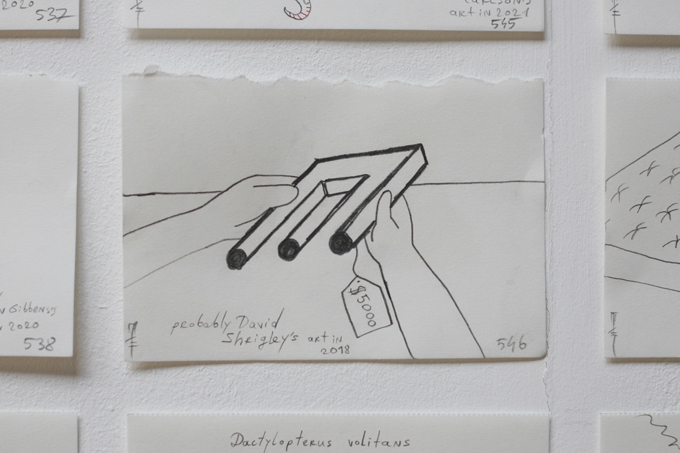
Mariusz Tarkawian, ‘Probably David Shrigley’s artwork in 2018, 2012, Pencil on paper.
But beneath the surface humour, we can trace a sharper, critical edge. Histories of the future, whether straight science fiction or the modelling of futurists, utopian or dystopian, tend to be veiled critiques of the present, a diagnosis of what could be done better, or a warning that our handbasket is veering into Hell’s orbit. Tarkawian’s foray into this weird subgenre is too subtle to pay lip service to either tradition. Instead, he cannily exploits both the inherent subjectivity of drawing as a means of encountering the world, and the ostensible neutrality of his style, to leave such judgements entirely to us.
In Search of Lost Time’s Proustian title matches its scope and size (covering 75% of the wall-space). Selected from more than 700 works that reproduce drawings the artist has made throughout his life, from childhood to art school, it is easily the most charming, yet emotionally complex segment of the exhibition. The non-chronological ordering of these pieces guides us away from questions of linear ‘development’ to a freer, easier state of reverie. The juxtapositions can be delightful, such as the accidental morphological similarities between his fish and his spaceships but there is again, hidden critique, especially when we compare the free-spirited whimsy of the childhood drawings next to the comparatively stiff, academic life studies from his years at art school which are interestingly enough, hung in a much stricter chronological format.
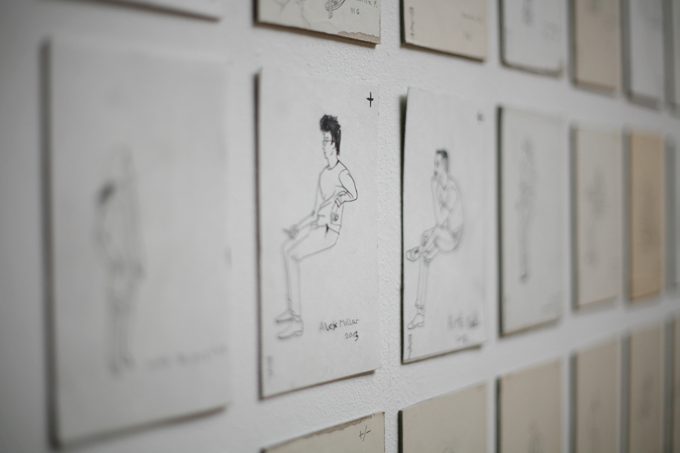
Mariusz Tarkawian, from the series ‘Potential Artists’, ‘Anticipating the Future’, 2013, installation view Mackintosh Museum, The Glasgow School of Art
So is art school good for you? What of that essential quantum of prospecti and institutional assessments, the ‘student experience’? ‘History of Art Put to the Test’ transcribes Hans Belting’s 2011 essay, and certainly challenges the viewer to switch from looking to reading in a physical context they might not be accustomed to, but then discomfort, and awareness of place and head-space is perhaps the intent here. The social context comes to the fore in ‘Potential Artists’, which depicts his fellow Lublin alumni and records their self-assessment of whether (via a simple +, – or +/- marked in the top right corner, the latter being the algebraic equivalent of ‘mebbes aye, mebbes no’) they have indeed, become ‘artists’ since graduating. Tarkawian offers us a carefully rendered pose of each individual but is again rather gnomic; these are in a sense, anti-portraits that offer quantities but leave the real existential qualities open to conjecture. Yet we can’t help but speculate. Are the +, -, +/-’s successes, ‘failures’, epiphanies, circumstantial, deliberate or temporary? Should we worry if not all art students become artists? Shouldn’t we be more worried if everyone simply became what the degree certificate indicated?
Tarkawian’s cool, world-levelling line constantly experiments with the very idea of evaluation, its existential consequences and why we feel so compelled to do it. But he is not dismissive. In his hands ‘evaluation’ is both subject and tool; it becomes an impressive engine of creativity, of generation, a means of talking about his/my/your generation, in every sense in which that word is understood.
By Mitch Miller
Artist talk: Wednesday 20 February, 6 – 7pm Mack lecture theatre
Find out more: Website
All images photography: Janet Wilson
Courtesy The Glasgow School of Art and the artist
//////
Browse through our event bulletin to find more events. To write a review of an exhibition or event, please e-mail hello@thisiscentralstation.com.



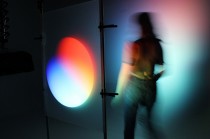
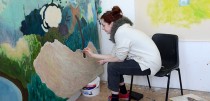









Comments